This is efficiency without impact—a confusion between speed and value. As Peter Drucker noted: “Efficiency is doing things right; effectiveness is doing the right things.” Freeing up time means nothing if it’s not intentionally reinvested. Without structure, these theoretical gains evaporate.
Some organizations manage to turn slack into real progress—think Google’s 20% time yielding Gmail—while most simply generate noise. The difference lies in deliberate architecture: clear innovation KPIs, proactive management of freed-up hours, and transparent measurement of results. Without this, reclaimed time becomes drift, not creativity.
At the macro level, Europe is injecting €200 billion into AI sovereignty, hoping to turn productivity gains into real competitiveness. But top-down levers—tax, regulation, training—only work if paired with grassroots experimentation: targeted innovation contests, regulatory sandboxes, fast-track STEM visas. It’s these precise mechanisms, not just broad funding, that drive real innovation.
But real productivity won’t come from augmenting individual contributors. The shift must be from reducing task time to reducing end-to-end process cycle time—moving from augmentation to true automation. This is where the agentic revolution matters: organizations will have to ride this wave with dexterity, focusing on governance, platform choices, quality control, and ROI measurement.
The challenge is no longer freeing up time, but turning it into projects that actually move the needle. Without radical intentionality, AI risks becoming the fastest engine for strategic stagnation.
Learn more on the latest evolution of AI by subscribing to our Gen AI newsletter.

 BLOG
BLOG






